A special issue in Macromolecular Rapid Communications presents selected highlights in the exciting field of ionic liquid-based polymers.
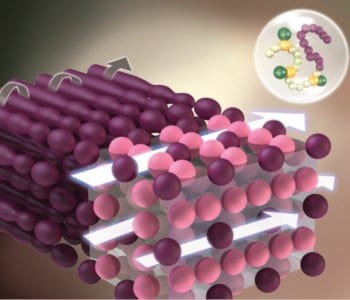

A special issue in Macromolecular Rapid Communications presents selected highlights in the exciting field of ionic liquid-based polymers.
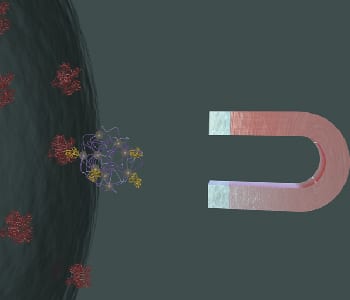
Nanogels were developed as magnetic capturing devices for circulating tumor cells and applied in the magnetic separation of human cancer cells from a mixed cell suspension.

Researchers from Germany introduce acid-triggered precipitation which facilitates the removal of surfactant fragments from nanoparticles simplifying the purification and enabling nanoparticle precipitation “on demand.”
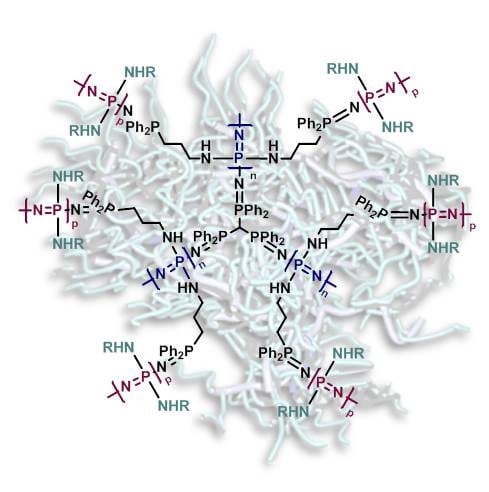
In a new study, researchers from the Johannes Kepler University in Linz, Austria, present for the first time a synthetic route to prepare polyphosphazenes with globular, highly branched morphologies (so called “star dendritic molecular brushes”) and controlled size.
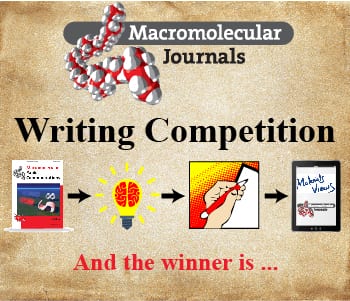
In our Macromolecular Journals Writing Competition we asked PhD students and Post-Docs to send us a short news piece on papers from the Macromolecular Journals family highlighting exceptional research. Here we present the winner.
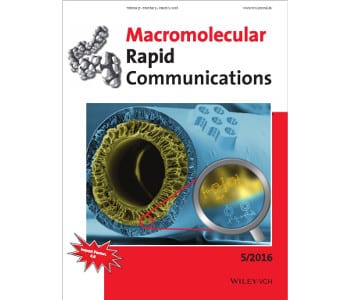
A research group led by Prof. Volker Abetz at Helmholtz-Zentrum Geesthacht in Germany has introduced one new dimension to the fabrication of non-solvent induced phase separation- (SNIPS) based isoporous block copolymer membranes.
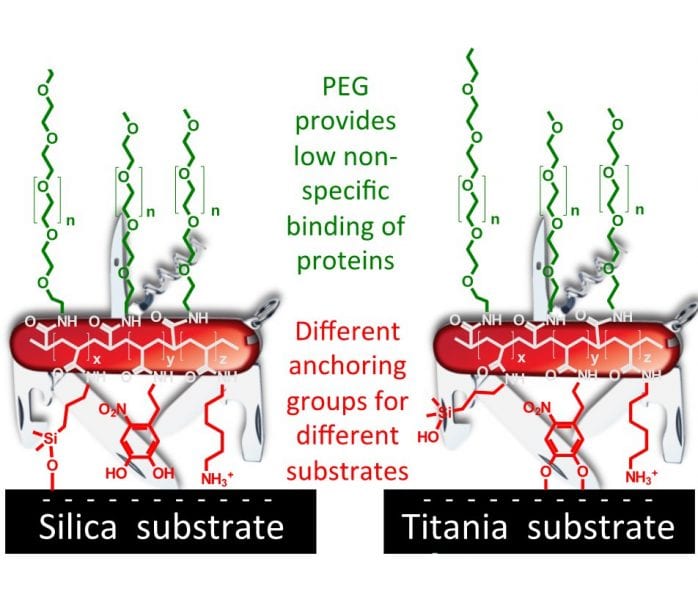
Swiss researchers present a postmodification protocol of a polymer that allows the creation of a variety of surfaces for different applications.
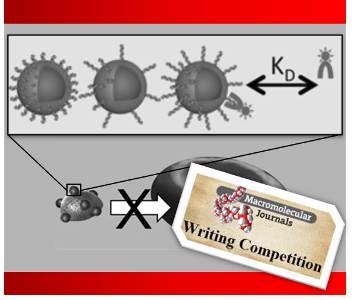
Nanoscale vesicles made from different block copolymers and functionalized with heparin represent a new design concept for polymer-based nanomimics.
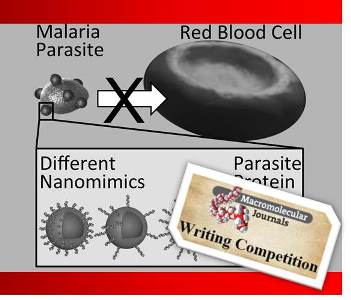
A nanomimics concept based on block copolymer vesicles is evaluated with regard to molecular factors influencing antimalarial activity.
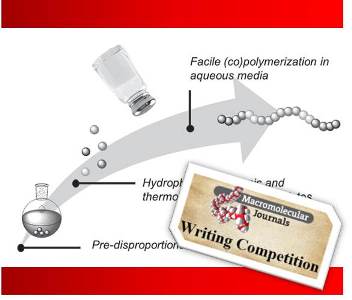
The synthesis of methacrylic zwitterionic, thermoresponsive and hydrophilic (co)polymers via copper-mediated polymerization is described.